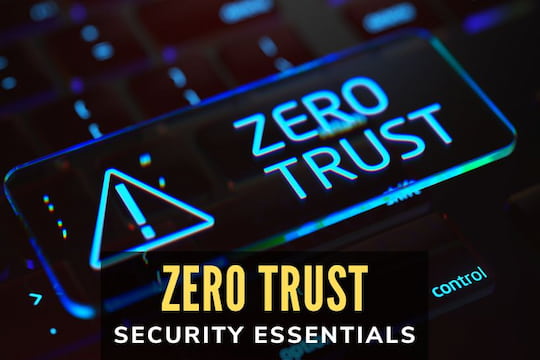E-waste encompasses any electronic product approaching the end of its useful life. Since e-waste can contain hazardous materials, many state and local laws have been passed to regulate their disposal. Here are essential electronic recycling FAQs for IT managers to better understand e-waste and how it's disposed of.
WHAT ARE THE BENEFITS OF RECYCLING E-WASTE?
Electronic recycling is good for the environment because it reduces the need to extract more natural resources from the earth. These resources typically require machinery that runs on fossil fuels to produce raw materials for manufacturing. Some of the other key benefits of recycling e-waste are it cuts production costs and reduces the amount of electronic junk in landfills.
WHAT ITEMS ARE BANNED FROM LANDFILLS?

Products that contain electronic circuit boards are now considered universal waste and are banned from landfills. They cannot legally be thrown in your trash or public dumpsters and require special handling. Failing to comply with the law can result in significant fines.
WHAT SHOULD I DO WITH A COMPUTER BEFORE TAKING IT TO A RECYCLER?
Make sure you delete all confidential information. You should also remove any batteries, which often are recycled separately.
WHAT ARE SOME LANDMARK LAWS THAT RELATE TO WASTE COLLECTION?
The Electronic Waste Recycling Act of 2003 established a funding system for collecting and recycling electronic waste items. Another environmental law, the Universal Waste Law of 2006, prohibits people from disposing of fluorescent lamps, household batteries, and other electronic items in the trash.
ARE OLD COMPUTER MONITORS CONSIDERED HAZARDOUS WASTE?

Yes, if you have computers from the last century that include CRT monitors, you cannot dump them in the trash. Officials have identified old CRT monitors containing hazardous waste materials such as lead, mercury, and cadmium.
HOW MUCH E-WASTE GETS RECYCLED?
Currently, only 12.5 percent of e-waste gets recycled. According to the Environmental Protection Agency, e-waste is the fastest-growing municipal waste stream in the United States. Globally, about 17 percent of e-waste is recycled, according to UN data. Europe is leading recycling efforts as it recycles over 42 percent of its e-waste.
WHAT ELECTRONIC ITEMS DO NOT CONTAIN HAZARDOUS MATERIALS?
You're allowed to throw certain electrical items with a plug in the trash, but it's best to check with your local government to see what's acceptable in your community. You're typically allowed to throw away old items like hairdryers, pumps, and toasters.
HOW CAN I REDUCE MY CONTRIBUTION TO E-WASTE?
Many consumers purchase new mobile phones every couple of years to keep up with tech trends. Unfortunately, this consumer behavior contributes to massive e-waste. It would be more helpful to the environment if consumers invested in the most durable rather than more trendy electronic equipment.
WHERE CAN I FIND FURTHER INFORMATION ON RECYCLING?

Some major computer manufacturers recycle through exchange programs. These manufacturers include Apple, HP, Dell, and Gateway. Other sources for further information on recycling include the Environmental Protection Agency and the Department of Toxic Substance Control.
CONCLUSION
Use these electronic recycling FAQs to gain a clear perspective on how IT managers can deal with e-waste. Every business needs to invest in new technology at some point, but it's just as essential to dispose of old equipment properly. Contact us here at West Coast Computer Recycler to learn more about what you can do to contribute to recycling and greater sustainability.



























